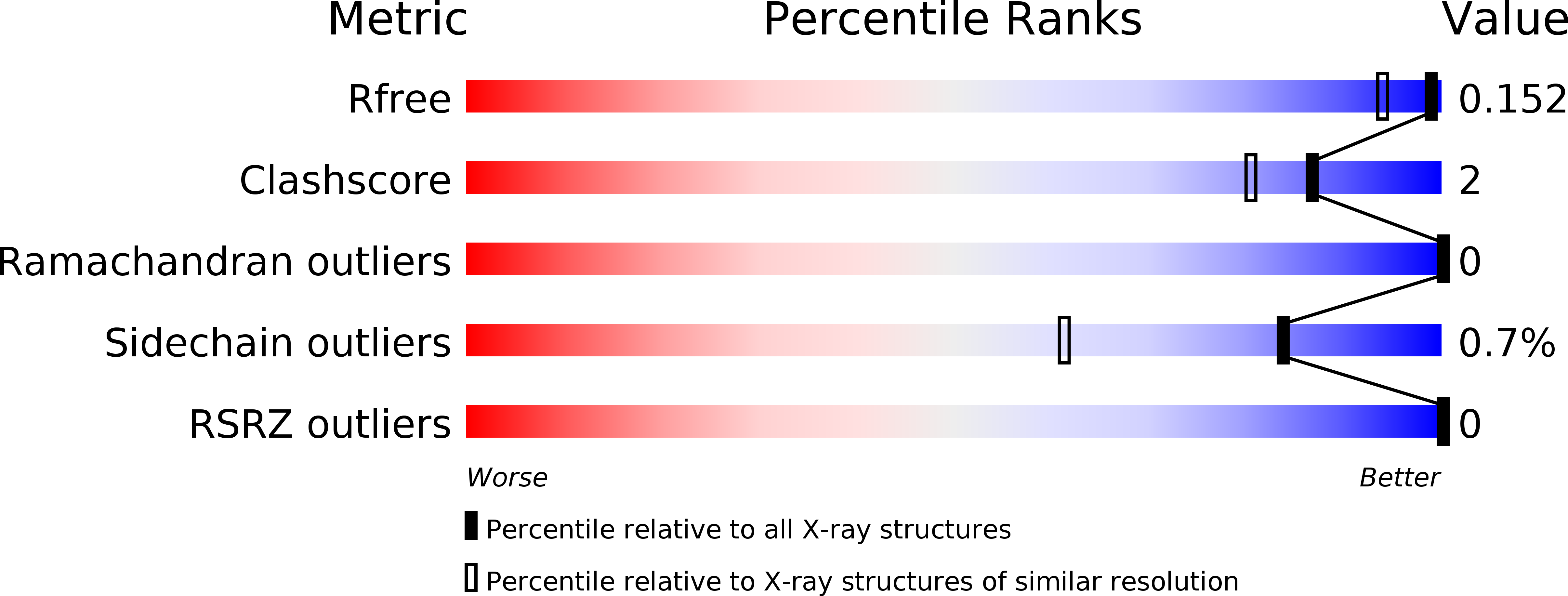
Deposition Date
2014-09-08
Release Date
2015-03-18
Last Version Date
2024-03-20
Entry Detail
PDB ID:
4WDC
Keywords:
Title:
High-resolution crystal structure of water-soluble FraC (mutation F16P)
Biological Source:
Source Organism:
Actinia fragacea (Taxon ID: 396334)
Host Organism:
Method Details:
Experimental Method:
Resolution:
1.29 Å
R-Value Free:
0.15
R-Value Work:
0.11
R-Value Observed:
0.12
Space Group:
P 21 21 21


